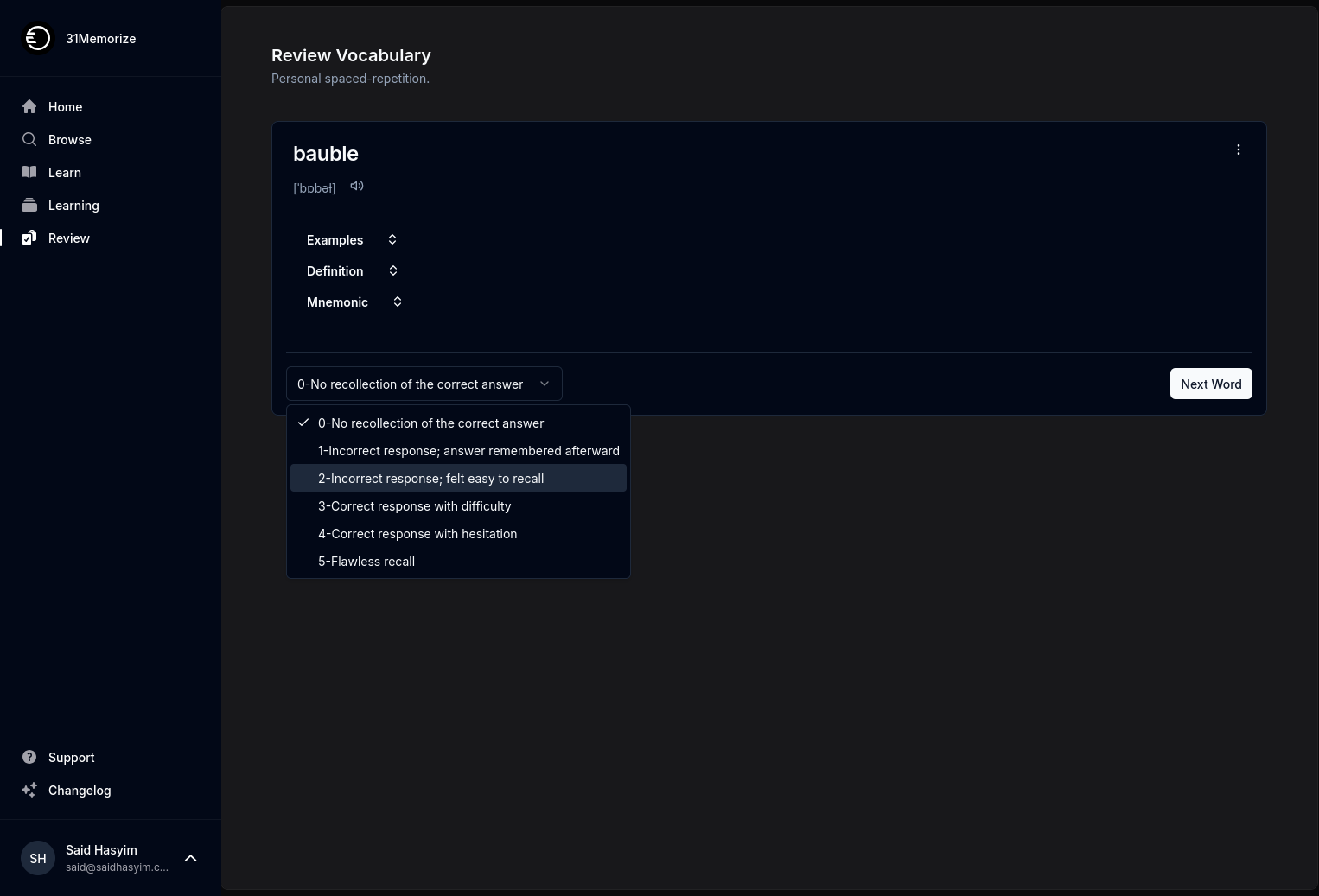Discovering Trends Through Your Book’s Ratings
In the vast world of publishing, understanding what resonates with readers can be both an art and a science. One of the most readily available tools to help authors and publishers gauge reader sentiments is book ratings. However, ratings can do more than simply indicate a book's current popularity. They can provide insights into emerging trends, reader preferences, and the overall health of the literary market. In this blog post, we will explore how to decode these ratings to discover trends that can inform your writing, marketing, and publishing strategies.
The Importance of Book Ratings
Book ratings are often a primary indicator of a book's reception. Whether it's through platforms like Goodreads, Amazon, or other literary review sites, ratings provide essential feedback that can signal what is working and what is not. Here’s why they matter:
Reader Sentiment: Ratings can offer a snapshot of reader sentiment. A high rating often reflects strong reader engagement, while a low rating can suggest significant issues with the narrative or characters.
Market Demand: Trends in ratings can hint at broader market demand for particular genres, styles, or themes. Observing these trends can help authors adapt their writing to better align with reader interests.
Comparative Analysis: Authors can assess their work against peers in their genre. Analyzing similar books with varying ratings allows for benchmarking and understanding the competitive landscape.
Longevity of Appeal: A book that maintains a high rating over time may indicate lasting appeal. Conversely, if a book starts strong and quickly declines in ratings, it might reflect that the initial excitement wasn't backed by quality.
Analyzing Ratings: The Basics
Consider the Scale
Different platforms use varying scales for ratings. While a 5-star system is common, some platforms also utilize a 10-point scale. When analyzing ratings, it's essential to be aware of these differences, as they can significantly influence numerical representations of sentiment.
Look for Trends Over Time
Rather than focusing solely on the current rating, pay attention to its trajectory. Is a book's rating rising, falling, or remaining stable? A consistent upward trend may signify that the book is catching the interest of new readers, perhaps due to word-of-mouth recommendations or marketing campaigns.
Read Between the Lines of Reviews
Ratings don’t tell the whole story. The accompanying reviews can provide context that enriches the numerical data. Look for recurring themes in reviews to discover what specific aspects of a book resonate with readers. Are readers consistently praising a character’s development or criticizing the pacing of the story? These qualitative insights can offer a wealth of knowledge about reader expectations.
Identifying Trends in Ratings
Genre Dynamics
One way to identify trends is by examining how ratings fluctuate across different genres. For example:
Rising Genres: Are certain genres, like magical realism or dark fantasy, gaining popularity? If you notice several books in these categories receiving high ratings, consider exploring them in your own work.
Diminishing Interest: On the flip side, if traditionally popular genres like romance show declining ratings, it could signal a shift in readers' preferences.
Themes and Tropes
Trends in themes and tropes can often be identified through rating patterns:
Social Issues: Books addressing pressing social issues, such as mental health, diversity, and climate change, might be receiving more attention and favorable ratings. This could point to a market that values socially relevant narratives.
Nostalgia and Retrofuturism: Look at how books that play on nostalgia are rated. If books featuring retro themes or familiar tropes are consistently scoring well, this could indicate a yearning among readers for comfort and familiarity.
Author Diversity
Increasingly, readers are showing interest in diverse voices. Monitoring ratings for books authored by marginalized communities can highlight the importance of representation. High ratings for such works can signal both reader demand and a cultural shift towards inclusivity in literature.
Practical Steps for Leveraging Ratings Trends
Keep a Ratings Spreadsheet: Consider creating a spreadsheet to log and track ratings of books within your genre. Regularly update this document to identify rising stars and declining works.
Engage with Readers: Use social media to engage directly with your audience. Ask them what they love or dislike about certain books, and pay special attention to the themes they discuss.
Join Reader Communities: Participate in book forums or reader groups online. These platforms provide a wealth of perspectives that can uncover hidden trends.
Experiment with Your Writing: Once you've identified a trend, experiment with incorporating elements from those successful books into your own writing – whether that's a specific theme, narrative style, or character archetype.
Conclusion
Book ratings offer authors and publishers more than just a numerical score—they are a treasure trove of information waiting to be uncovered. By analyzing these ratings thoughtfully, you can identify trends that not only inform your current projects but also guide your future endeavors in the publishing world. As the literary landscape continues to evolve, staying attuned to the whispers of reader sentiment will ensure your voice remains relevant and resonant, creating stories that captivate and inspire.
Remember, trends may come and go, but a strong understanding of your readers will help you build a lasting connection in an ever-changing industry. Happy writing!
